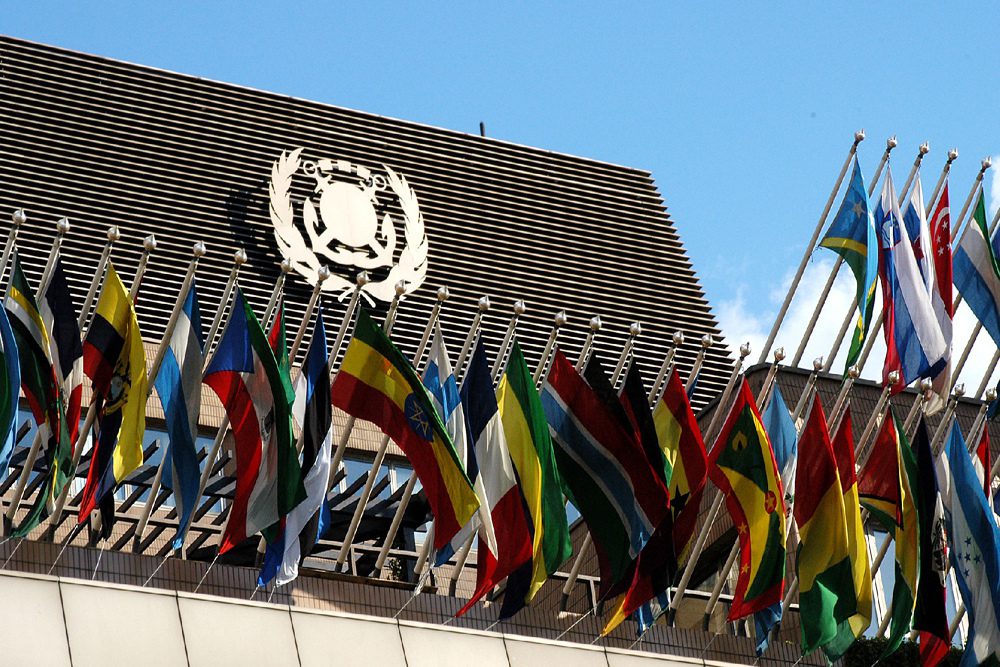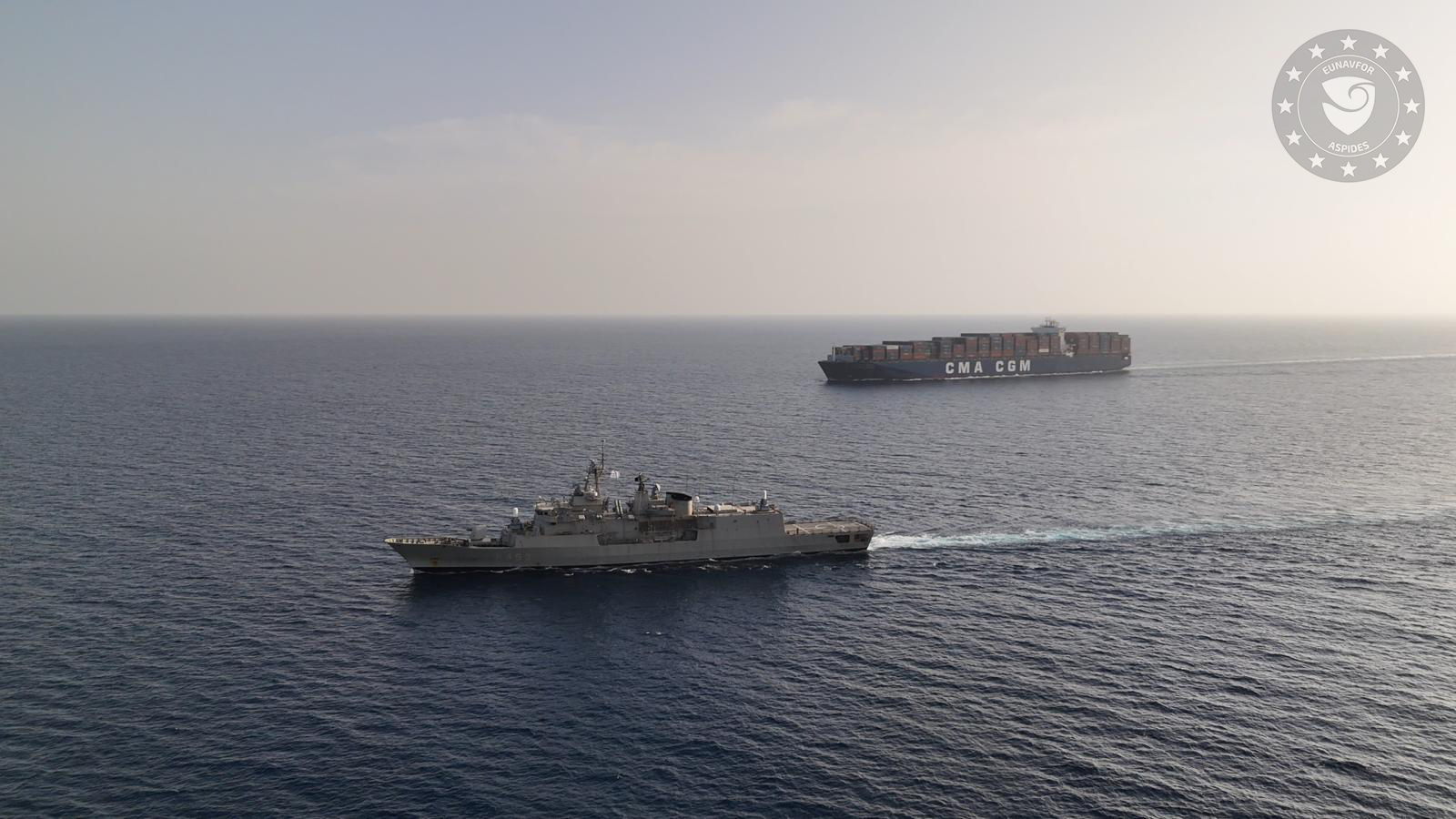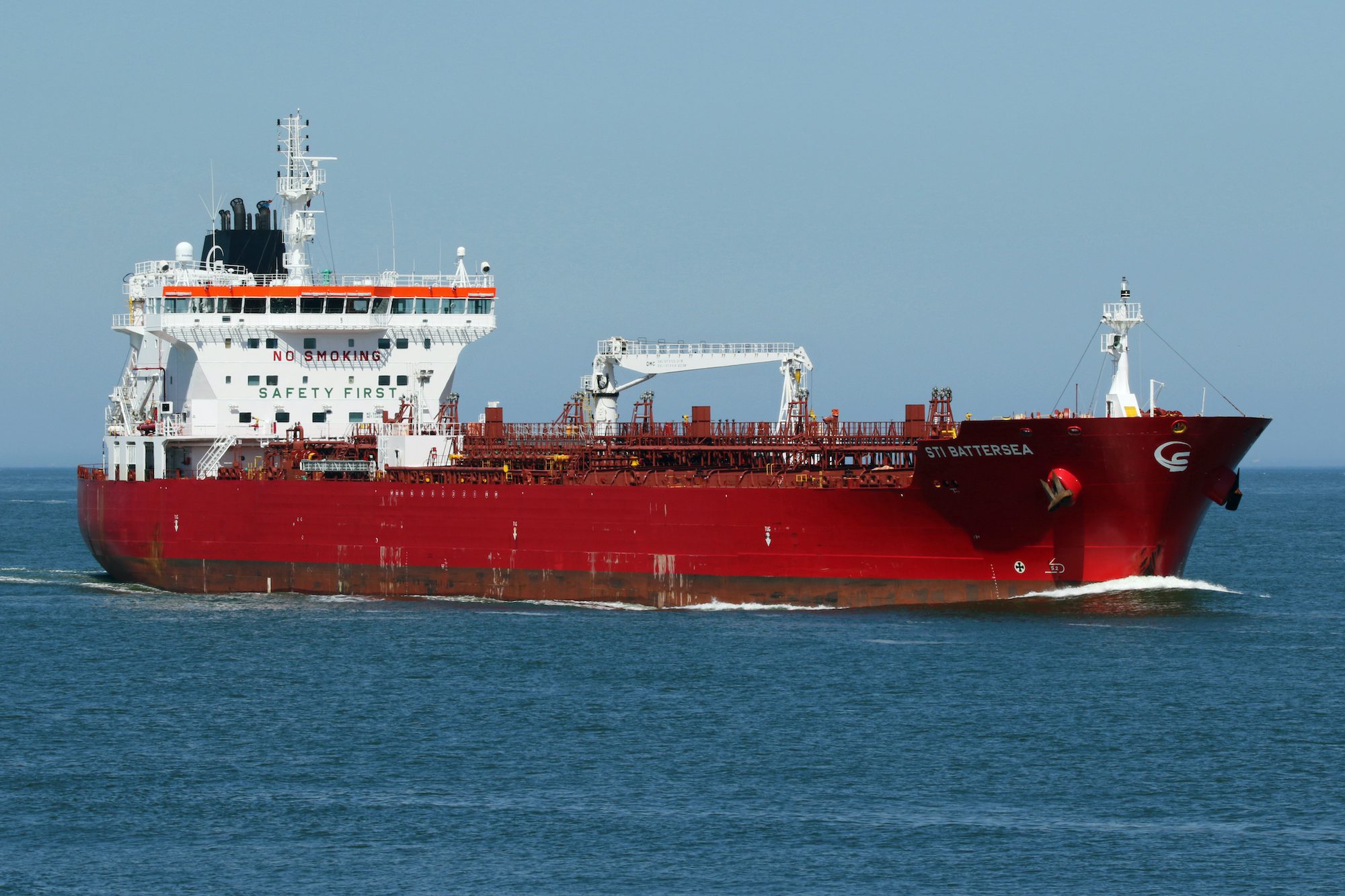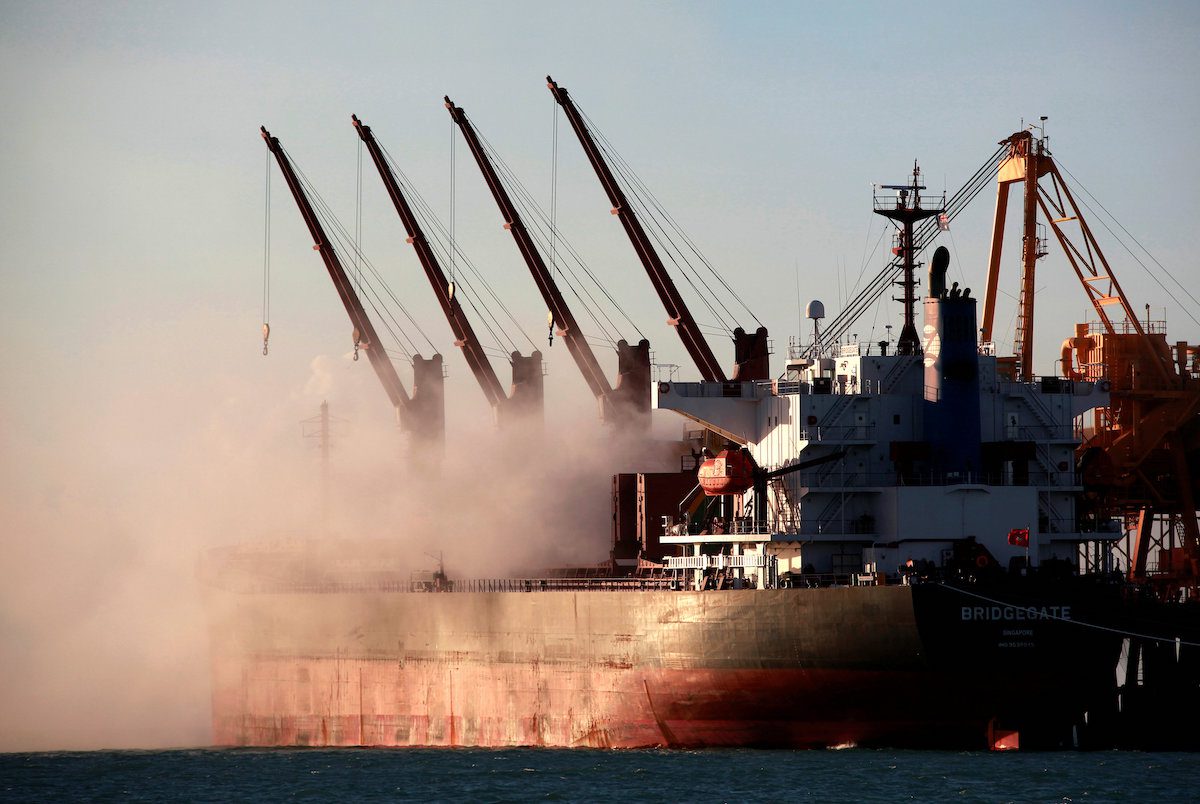The International Maritime Organization’s Marine Environment Protection Committee (MEPC) met virtually for its 75th session this week to consider (and approve) new measures to cut emissions from ships, building on its initial strategy on the reduction GHG emissions from ships, seeks to reduce total GHG emissions from shipping by at least 50% by 2050. Below is the IMO’s full press briefing detailing what exactly was approved, plus what comes next:
Draft new mandatory regulations to cut the carbon intensity of existing ships have been approved by the International Maritime Organization (IMO) Marine Environment Protection Committee (MEPC).
This builds on current mandatory energy efficiency requirements to further reduce greenhouse gas emissions from shipping. The MEPC also agreed the terms of reference for assessing the possible impacts on States, paying particular attention to the needs of developing countries, in particular Small Island Developing States (SIDS) and least developed countries (LDCs).
The draft amendments to the MARPOL convention would require ships to combine a technical and an operational approach to reduce their carbon intensity. This is in line with the ambition of the Initial IMO GHG Strategy, which aims to reduce carbon intensity of international shipping by 40% by 2030, compared to 2008. The amendments were developed by the seventh session of the Intersessional Working Group on Reduction of GHG Emissions from Ships (ISWG-GHG 7), held as a remote meeting 19-23 October 2020.
The draft amendments will now be put forward for formal adoption at MEPC 76 session, to be held during 2021.
IMO Secretary-General Kitack Lim, said, “Considerable further work on the implementation of the measures is still ahead of us, but I am confident that, the IMO spirit of cooperation, shown during the past years, will enable swift progress with the development of technical guidelines and a Carbon Intensity Code as well as the essential further work on the comprehensive assessment of impacts of the measures on developing countries, SIDs and LDCs. I express my gratitude to all Member States that have indicated a commitment to supporting these efforts.”
He said the approved amendments were important building blocks without which future discussions on mid and long-term measures will not be possible.
The progress in developing the short-term measures follows the timeline as set out in the initial IMO GHG strategy. The strategy proposed that short-term measures should be those measures finalized and agreed by the Committee between 2018 and 2023.
In more detail:
Draft MARPOL amendments
The draft amendments would add further requirements to the energy efficiency measures in MARPOL Annex VI chapter 4. Current requirements are based on the Energy Efficiency Design Index (EEDI), for new build ships, which means they have to be built and designed to be more energy efficient than the baseline; and the mandatory Ship Energy Efficiency Management Plan (SEEMP), for all ships. The SEEMP provides for ship operators to have in place a plan to improve energy efficiency through a variety of ship specific measures.
The draft amendments build on these measures by bringing in requirements to assess and measure the energy efficiency of all ships and set the required attainment values. The goal is to reduce the carbon intensity of international shipping, working towards the levels of ambition set out in the Initial IMO Strategy on reduction of GHG emissions from ships.
The set of amendments includes: the technical requirement to reduce carbon intensity, based on a new Energy Efficiency Existing Ship Index (EEXI); and the operational carbon intensity reduction requirements, based on a new operational carbon intensity indicator (CII).
The dual approach aims to address both technical (how the ship is retrofitted and equipped) and operational measures (how the ship operates).
Attained and required Energy Efficiency Existing Ship Index (EEXI)
The attained Energy Efficiency Existing Ship Index (EEXI) is required to be calculated for ships of 400 gt and above, in accordance with the different values set for ship types and size categories. This indicates the energy efficiency of the ship compared to a baseline.
Ships are required to meet a specific required Energy Efficiency Existing Ship Index (EEXI), which is based on a required reduction factor (expressed as a percentage relative to the EEDI baseline).
Annual operational carbon intensity indicator (CII) and CII rating
The draft amendments are for ships of 5,000 gross tonnage and above (the ships already subject to the requirement for data collection system for fuel oil consumption of ships) to have determined their required annual operational carbon intensity indicator (CII). The CII determines the annual reduction factor needed to ensure continuous improvement of the ship’s operational carbon intensity within a specific rating level.
The actual annual operational CII achieved (attained annual operational CII) would be required to be documented and verified against the required annual operational CII. This would enable the operational carbon intensity rating to be determined. The rating would be given on a scale – operational carbon intensity rating A, B, C, D or E – indicating a major superior, minor superior, moderate, minor inferior, or inferior performance level. The performance level would be recorded in the ship’s Ship Energy Efficiency Management Plan (SEEMP).
A ship rated D for three consecutive years, or E, would have to submit a corrective action plan, to show how the required index (C or above) would be achieved.
Administrations, port authorities and other stakeholders as appropriate, are encouraged to provide incentives to ships rated as A or B.
Review mechanism
The draft amendments would require the IMO to review the effectiveness of the implementation of the CII and EEXI requirements, by 1 January 2026 at the latest, and, if necessary, develop and adopt further amendments.
Next steps
The draft amendments can now be adopted at the MEPC 76 session, to be held during 2021.
The MARPOL treaty requires draft amendments to be circulated for a minimum six months before adoption, and they can enter into force after a minimum 16 months following adoption. The amendment procedures are set out in the treaty itself.
Impact assessment
The comprehensive impact assessment will be based on the Procedure for assessing impacts on States of candidate measures, adopted in 2019, which says a comprehensive impact assessment should provide a detailed qualitative and/or quantitative assessment of specific negative impacts on States, and be evidence-based and should take into account, as appropriate, analysis tools and models, such as, cost-effectiveness analysis tools, e.g. maritime transport cost models, trade flows models, impact on Gross Domestic Product (GDP); updated Marginal Abatement Cost Curves (MACCs); and economic trade models, transport models and combined trade-transport models.
The final comprehensive impact assessment of the short-term combined measure should be submitted to MEPC 76. Based on this, a possible framework for reviewing impacts on States of the measure adopted, and addressing disproportionately negative impacts on States, as appropriate, would be considered.
Initial IMO GHG Strategy
The initial IMO GHG Strategy, adopted in 2018, sets ambitious targets to halve GHG emission from ships by 2050, compared to 2008, and reduce carbon intensity of international shipping by 40% by 2030 compared to 2008. The strategy lists a number of candidate measures which could also be considered to further reduce emissions and help achieve the targets in the strategy, in particular 40% reduction of carbon intensity from shipping by 2030. Short-term measures could be measures finalized and agreed by the Committee between 2018 and 2023, although in aiming for early action, priority should be given to develop potential early measures with a view to achieving further reduction of GHG emissions from international shipping before 2023. Dates of entry into force and when the measure can effectively start to reduce GHG emissions would be defined for each measure individually. A procedure for assessing the impact on States of a measure has been approved.
More details are on the IMO website.

 Join The Club
Join The Club











